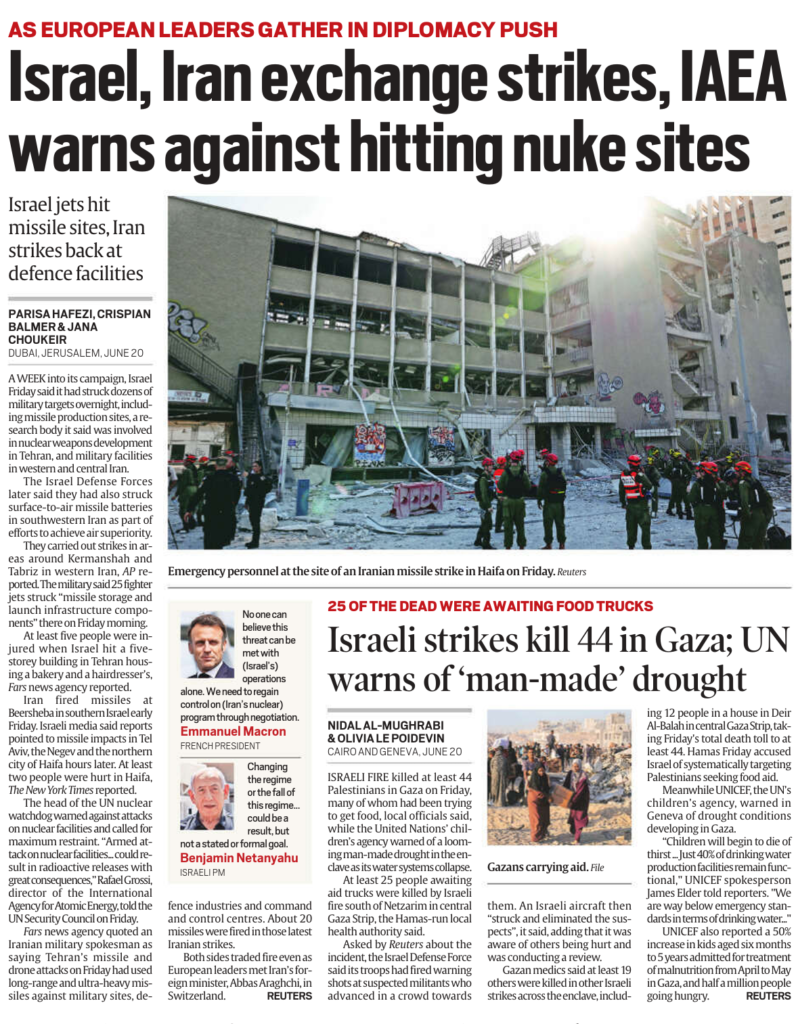Attempt to destabilise law & order by arming gangsters with advanced weaponry, say officials

Jupinderjit Singh Tribune News Service

Turkiye seems to be in the limelight as far as the trend of weapon smuggling from Pakistan to Punjab is concerned.
After the deployment of Turkish drones by the neighbouring country against India during the four-day border confrontation in May, Pakistan appears to be now air-dropping Turkish PX5 pistols into Punjab with the help of drones.
The goal, officials believe, is to destabilise law and order in the region by supplying gangsters and terror modules with advanced foreign weaponry. This month alone, security agencies have recovered PX5 pistols in three separate operations in Punjab.
The latest haul came on Saturday in Amritsar, where two distinct operations yielded three PX5 pistols — two from the city and one from the district’s rural belt. This is in addition to Zigana Pistols from Turkey which were recovered earlier.
The Punjab Police dismantled a Babbar Khalsa International (BKI) module operated by UK-based handler Dharam Singh, alias Dharma Sandhu.Sandhu is considered a close aide of Pakistan-based gangster-turned-terrorist Harvinder Rinda.
Based on intelligence inputs, Amritsar Commissionerate Police arrested Onkar Singh and seized six high-calibre pistols, including two PX5 (.30 bore) and four Austrian-made Glock 9MM pistols.
In a parallel operation, the Amritsar Rural Police intercepted a separate consignment from Lopoke village.
Here, officers arrested Lovepreet Singh, alias Love, and Balwinder Singh, alias Bobby, with one PX5 (.30 bore) pistol, 6.15 kg of heroin and Rs 10,000 in suspected narco-funds. A case has been registered at the Lopoke police station and further strengthens the suspicion of a tight narcotics-arms trade nexus operating across Punjab.
These seizures follow earlier recoveries of PX5 pistols this month. On June 5, the Amritsar police arrested Sukhchain Singh of Daoke and Jugraj Singh of Bhakna Kalan while they were attempting to ferry eight foreign-made weapons, including four PX5 pistols, via the Amritsar-Attari road.
The weapons were allegedly dropped by a drone sent by a Pakistan-based handler, Noor.
A day later, on June 6, the Tarn Taran police detained Surajpal Singh and Arshdeep Singh from Lakhna village and seized two PX5 pistols along with four Glock 9mm pistols. The consignment, the police say, was also linked to Pakistani handlers.
These developments reflect a disturbing evolution in cross-border smuggling operations. PX5 pistols, made by TISAS in Turkiye, are quickly becoming the weapon of choice for criminals in Punjab. But they are not alone.
Turkiye supported Pakistan during the recent conflict with India in May. According to multiple reports, the country supplied Pakistan with over 350 drones, including armed UAVs and kamikaze drones, which were used to target Indian military infrastructure across the northern and western borders.
Two Turkish military operatives were reportedly killed during the Operation Sindoor, India’s counter-offensive, confirming Turkiye’s direct involvement in the conflict.
Turkish advisors also helped coordinate Pakistani drone strikes, and forensic analysis of downed drones revealed they were Asisguard Songar models, manufactured in Turkiye.
The PX5 pistols are manufactured by TISAS. They are smuggled into Punjab via drones launched from across the border with Pakistan.
Glock 19X pistols, made by Glock Ges mbH in Austria, are 9mm military-grade weapons that are sought after by gangsters for their reliability and compact design.
Beretta .30 pistols, produced by the Italian arms manufacturer Beretta, are known for their compactness and have been recovered in multiple operations. Star Mark .30 pistols, originally manufactured by Star Bonifacio in Spain, are older models but still circulate among smugglers and gangsters.
These modern semi-automatic handguns were recovered along with drones.
The .45 bore pistols, originating from the United States, and have been found in consignments linked to US-based handlers.
Lastly, .32 bore pistols, sourced from various
manufacturers across India and Europe, remain common, though some have been traced to international sources





































































